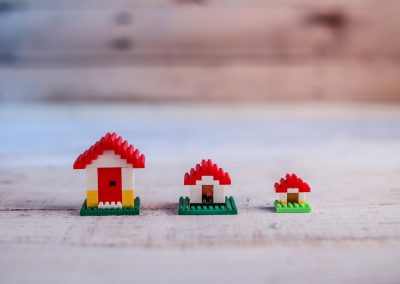Overview
Students explore the possibilities of solar power and calculate the amount of energy generated by solar panels.
NB Curricular Connections
Science 7
- Strand: Learning & Living Sustainably- Big Idea: Responsible and Sustainable Application – Skill Descriptor: Apply scientific and technological knowledge and an understanding of sustainable practices responsibly with respect to matter and Earth surface processes.
Mathematics 7
- Strand: Number – Big Idea: Operations: Skill Descriptor: Add, subtract, multiply, and divide decimals to solve problems (1-digit divisors and 2-digit multipliers).
What you’ll need
- Solar-Energy-Lesson-Plan-Slides (Contact EOS Eco-Energy at eos@nb.aibn.com to obtain a copy or visit:
Solar Power and Energy Efficiency Lesson Plans – EOS Eco-Energy Inc. (eosecoenergy.com)) - Copies of Solar Energy Worksheets for the class (see the Solar-Energy-Lesson-Plan-EOS-Eco-Energy).
- Optional: solar panel or classroom model (contact EOS for a classroom model, or a local solar installer).
Instructions
- Arrange students in small groups of 3 to 4. Distribute Solar Energy worksheet (see following pages).
- Start by projecting the Solar Energy PowerPoint. On slide two, a video will play automatically, zooming in on Johnson’s Mills Interpretive centre near Dorchester, NB.
- Slide three – Give students time to write down their observations and questions about the video. Add their questions and observations to the board and discuss what different students noticed.
- Slide four – Ask students to make a prediction about how much energy the solar panels in these photos produce on a sunny day. Encourage students to discuss with each other and then share as a group. Their predications do not have to be in kilowatts or in exact terms. Encourage them to consider if it will be a small amount of energy, a lot of energy, or enough energy to power something familiar they can think of.
- Slide five – Talk students through how solar panels work. This is a good chance to use a solar panel model or example, or to talk with a guest speaker. This Bill Nye video is American but provides a good explanation of how household solar panels work.
- For older grades there are several videos which delve deeper into the chemistry of how solar panels work:
- Slide six – Discuss examples of energy use and compare different activities and power needs.
- Slides seven to nine – Questions about solar panels are provided on the slides. In small groups, students work to determine the energy that those solar panels produce. This will require students to:
- Determine the number of solar panels
- Multiply the number of solar panels by the energy produced daily
- Consider what factors might affect the solar panels, for example weather, time of year/position of the sun, cloud cover, direction that the solar panels face etc.
- Slides seven and eight – Students are asked to calculate how many solar panels the roof in the picture could hold and how much energy the roof would generate. Students will need to:
- Calculate the area of the roof (width x length) (excluding the side of the roof which doesn’t face the sun)
- Calculate the area of a solar panel (width x length)
- Determine how many panels would fit on the area of the roof (area of roof/area of panels)
- Multiply the number of solar panels by the energy produced daily
- Slide nine – Calculate the number of panels needed to power the average household energy use of a Canadian
Divide the energy usage by energy produced by solar panels. - Slides 10 to 12 – Answers are provided. Review the student predictions from earlier in the class and see which predictions were close.
- At the bottom of the worksheet, there is space for students to consider why solar energy is important and to brainstorm ways we can use solar energy. Student responses can be used to have a discussion about renewable energy, opportunities for renewable energy in their homes and town, and energy usage.
Extension Ideas
- This activity involves a fair amount of mathematics and can easily be paired with Mathematics 7 for a cross curricular activity.
NB Global Competencies
- Critical Thinking and Problem Solving
- Innovation, Creativity and Entrepreneurship
- Sustainability and Global Citizenship
Activity downloaded from Solar Power and Energy Efficiency Lesson Plans – EOS Eco-Energy Inc. (eosecoenergy.com)




